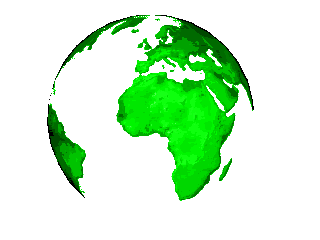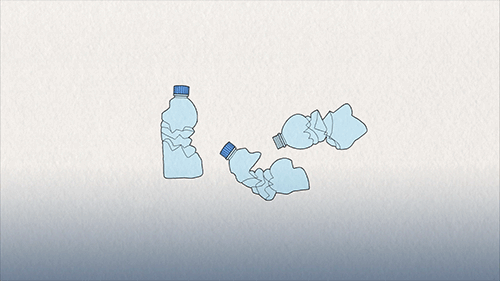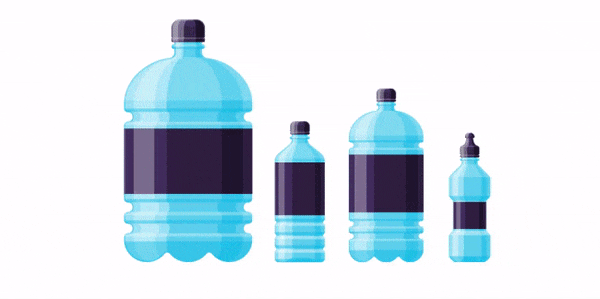Bioplastics
The Gateway to Bettering Earth Day by Day

A journey twoards the revial of a diverse animal kingdom
What are bioplastics?
Bioplastics are biodegradable plastics that are made with natural materials such as vegetable oils, cellulose, starches, acids and alcohols. They have benefits for the environment such as saving energy during production, reduction of pollution, and they are free of BPA (bisphenol-A), which is a harmful chemical that disrupts growth, cell repair, fetal development, energy levels and reproduction. People with the highest exposure to BPA have an increased rate of heart disease. They were developed to replace traditional plastics that take 1000 years to decompose, causes landfill and pollution, harming animals in the sea, and contains BPA. Bioplastics are used daily for it's featured in the plastic wrappings of food, water bottles, rice paper, and more.
[H.7] [H.8] [H.9] [H.10]

[H.11]
[H.12]
Traditional Plastics are KILLERS
Types of Bioplastics
Group 1 : Bio-Based and Biodegradable
They come from different natural sources such as "plants, cellulose, protein, chitin (prawn shells) and bacteria." The enzymes in the crops help the bioplastic decompose by using bacteria
Group 2: Bio-based or Partly Bio-Based and Non-Biodegradable
They are "hybrid versions of traditional plastics" but are different because they are made with a bit of "renewable raw material base." They still perform the same as any other plastic but with environmental benefits.
[H.29]
Group 3: Fossil fuel Based Resources and Biodegradable
They include polybutyrate adipate terephthalate (PBAT) and are used with starch or other bioplastics. Their purpose is to improve the performance of the final product based on it's biodegradability and mechanics.
[H.21]
Decomposition of Bioplastics

Since bioplastics are made from all natural materials, it will degrade a lot quicker than traditional plastics. According to the editorial staff of NextShark Inc., “'…the average time for a [traditional] plastic bottle to completely degrade is at least 450 years. It can even take some bottles 1000 years to biodegrade,'" whereas most bioplastics take three to six months to decompose.
[H.22] [H.23]
Everyday Use

With the increase in bioplastic production, this shows how often and they are found. In our daily lives we are constantly in contact with them through clothing, cosmetic products, bedding, shopping bags, toys, and much more. This demonstrates the new lifestyle we are trying to create for the environment by making everyday products out of sustainable resources for the better of the earth.
[H.24]
How do Bioplastics Work?
The bioplastic industry was created in order to find a chemical that would breakdown plastics faster. The chemical that biotechnology found was Polylactide acid (PLA) because it "looks and behaves like polyethylene and polypropylene." These chemicals are the ones found in our food containers, so the most common plastic chemicals. By making PLA instead of polyethylene and polypropylene, it "saves two thirds the energy you need to make traditional plastics." By using raw materials, such as corn, they are "fermented to produce lactic acid, which is then polymerized to make polylactic acid(PLA)."
By working with the bacterium Bacillus megaterium, the first bioplastic, polyhydroxybutyrate (PHB), was made. Bioplastics "are synthesized within specialized microbes, as well as polylactic acid (PLA), which is polymerized from lactic acid monomers produced by microbial fermentation of plant-derived sugars and starches." In order for them to have their completely degrade in a natural manner, "the monomers in these plastics [are] brought about by microorganisms or by water, making bioplastics highly desirable materials for fabrication into biodegradable bottles and packaging film."
[H.29]
[H.26]
Bioplastics in the News
[H.30] [H.31]
[H.32] [H.33]
[H.34] [H.35]
[H.36] [H.37]
Help Change the World, Every Bioplastic Counts

[H.38]

[H.39]



